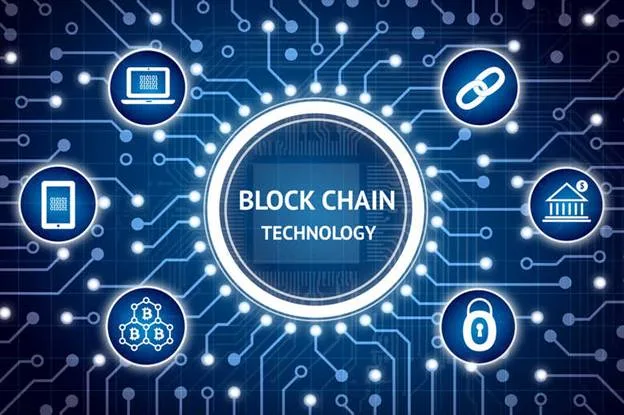Introduction:
In the quickly evolving landscape of innovation, couple of advancements have actually produced as much buzz and transformative potential as blockchain. Initially developed as the underlying modern technology for Bitcoin, blockchain has since expanded its perspectives, guaranteeing to revolutionize sectors beyond finance. In this extensive guide, we explore the ins and outs of blockchain modern technology, discovering its principles, applications, and the transformative effect it could have on our globe.
Understanding the Fundamentals
What is Blockchain?
At its core, is a decentralized, dispersed ledger that records purchases throughout a network of computers. Each purchase, or block, is linked to the previous one, developing a chain of blocks. This structure ensures transparency, safety, and immutability.
Key Elements:
Nodes: Computer systems taking part in the network.
Blocks: Data containers keeping deal info.
Cryptography: Guarantees secure transactions and customer verification.
Core Concepts
Decentralization:
Blockchain removes the demand for a central authority, distributing control throughout network nodes. This decentralization reduces the risk of adjustment or hacking.
Transparency:
All individuals in the network have access to the exact same info, promoting openness. When a block is included, it is visible to all participants, improving count on.
Immutability:
Completed transactions can not be altered or removed. This immutability ensures the integrity of the , making it a reliable source of fact.
Applications Past Cryptocurrency
Smart Contracts:
Self-executing contracts with coded conditions. These automate and apply legal arrangements, reducing the need for middlemans.
Supply Chain Administration:
Blockchain boosts openness and traceability in supply chains, lowering fraud, making sure item credibility, and improving processes.
Health care:
Firmly shop and share client documents, guaranteeing information honesty, and allowing authorized access to case histories.
Money and Banking:
Beyond cryptocurrencies, helps with much faster and much more safe cross-border deals, minimizes scams, and enhances total financial transparency.
Identity Administration:
Produce a protected and tamper-proof identity verification system, minimizing the danger of identification burglary.
Challenges and Future Expectation
Scalability:
As blockchain networks expand, scalability remains a challenge. Numerous options, such as layer-two scaling and sharding, are being discovered.
Governing Landscape:
Federal governments and regulatory bodies are still adapting to the ramifications of blockchain. Striking a balance in between technology and compliance is essential.
Interoperability:
The conjunction of several blockchain networks questions regarding interoperability. Efforts are underway to develop requirements for seamless communication between various blockchains.
Final thought
Blockchain modern technology has already left an enduring mark on the digital landscape, and its potential remains to broaden. As markets explore cutting-edge usage cases and get rid of challenges, the transformative power of blockchain assures to redefine the means we negotiate, work together, and secure information in the electronic age. Whether you’re a technology fanatic or a company expert, understanding blockchain is not simply a choice– it’s a need in our blockchain-powered future.

